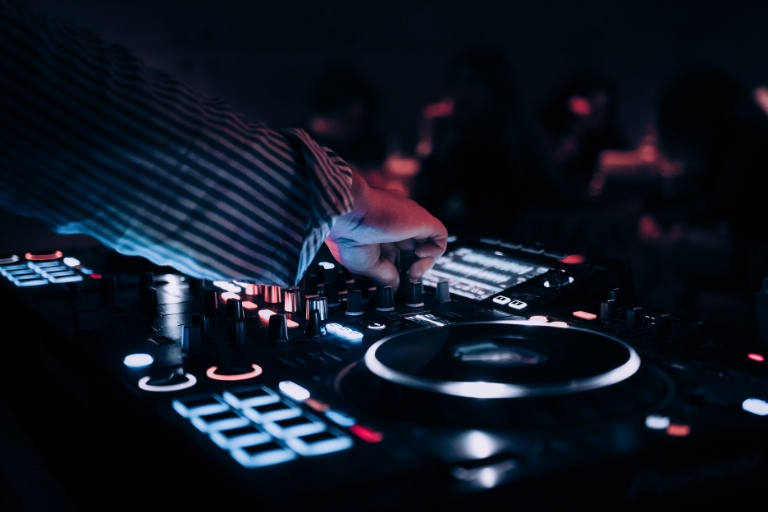Music has always been more than just sound. It is rhythm, culture, and emotion woven together in a universal language. From the beat of ancient drums to today’s digitally produced tracks, music continues to evolve while shaping the way people live, connect, and express themselves. In today’s fast-paced world, the music industry is experiencing one of its most transformative eras, driven by technology, global collaboration, and shifting listener habits. Let’s dive into the modern trends that are redefining music and why the bond between artist and audience is stronger than ever.
Streaming: The New Stage for Artists
Gone are the days when listeners relied solely on CDs, radio, or television countdown shows to discover new music. Today, streaming platforms like Spotify, Apple Music, and YouTube have become the main stage for artists worldwide. What’s most interesting is how these platforms democratize exposure—independent musicians can upload their tracks and reach millions without needing a major record label.
Playlists have become the new charts. Curated selections like “New Music Friday” or algorithm-driven recommendations introduce fresh artists to global audiences daily. This shift has not only opened the door for niche genres but also allowed fans to explore music across cultural and linguistic barriers.
Genre-Blending: Breaking Down Musical Borders
Another fascinating trend is the blurring of genre lines. Hip-hop artists collaborate with rock bands, K-pop idols work with American rappers, and Latin rhythms merge with EDM drops. These collaborations highlight how music is no longer boxed into strict categories. Instead, it reflects the diversity of the global audience itself.
For instance, the rise of Afrobeats on international charts shows how cultural rhythms once considered “regional” can become global sensations. This openness encourages experimentation and innovation, giving listeners fresh sounds that keep the industry dynamic.
The Influence of Social Media
Social media platforms, especially TikTok and Instagram Reels, have become powerful tools in deciding which songs turn into hits. A single 15-second clip can launch an unknown artist into viral fame overnight. Think about how dance challenges or meme-worthy lyrics dominate feeds—suddenly, a song isn’t just something to listen to but an experience to share.
This has shifted how artists write music, with some tailoring catchy hooks or memorable beats designed to go viral. While some critics argue this prioritizes trends over artistry, it undeniably shows how music adapts to cultural shifts.
Live Music and the Return of Concerts
While digital spaces dominate the listening experience, live performances remain unmatched. The return of concerts and festivals post-pandemic has reignited the importance of in-person connection. For many, music festivals like Coachella, Glastonbury, or regional events provide not just entertainment but community—a shared space where fans celebrate their favorite artists together.
Artists also use concerts to showcase creativity beyond their recordings. Elaborate stage designs, visual effects, and even storytelling elements turn shows into immersive experiences. The blending of music and performance art is pushing live events to become cultural milestones rather than just concerts.
Emotional Connection: Why Music Still Matters
Beyond trends, the heart of music lies in its emotional connection. A song can take someone back to a memory, inspire motivation during tough times, or bring comfort in moments of grief. Whether it’s a love ballad, an upbeat party track, or a reflective acoustic piece, music continues to be the soundtrack of human emotion.
This connection explains why fan bases are more passionate than ever. People don’t just stream songs; they follow artists on social media, attend live Q&A sessions, and even form online communities centered around shared appreciation. Music, in this sense, has become both personal and collective, reminding us that sound can create belonging.
The Future of Music
Looking ahead, the music industry is poised for even more exciting changes. Artificial intelligence is already making waves, from generating instrumentals to assisting with lyric writing. Virtual reality concerts are offering fans the chance to attend immersive shows from their living rooms. At the same time, the resurgence of vinyl and physical formats shows that nostalgia and tangible experiences still matter.
Ultimately, the future of music will be shaped by the balance between technology and authenticity. As long as artists continue to innovate while staying true to their voices, music will remain an ever-evolving form of expression that unites people across generations and cultures.
Final Thoughts
Music is in constant motion, adapting to new technologies, cultural shifts, and listener habits. Yet at its core, it remains what it has always been: a force that inspires, connects, and communicates what words alone cannot. Whether you are streaming a brand-new release, attending a live concert, or rediscovering an old favorite, you’re part of a journey that keeps the heartbeat of music alive.
In a world that often feels divided, music reminds us that rhythm and melody transcend boundaries. It’s not just entertainment—it’s connection, culture, and emotion rolled into one universal language. And that is why music will always matter.



